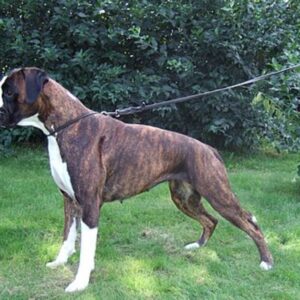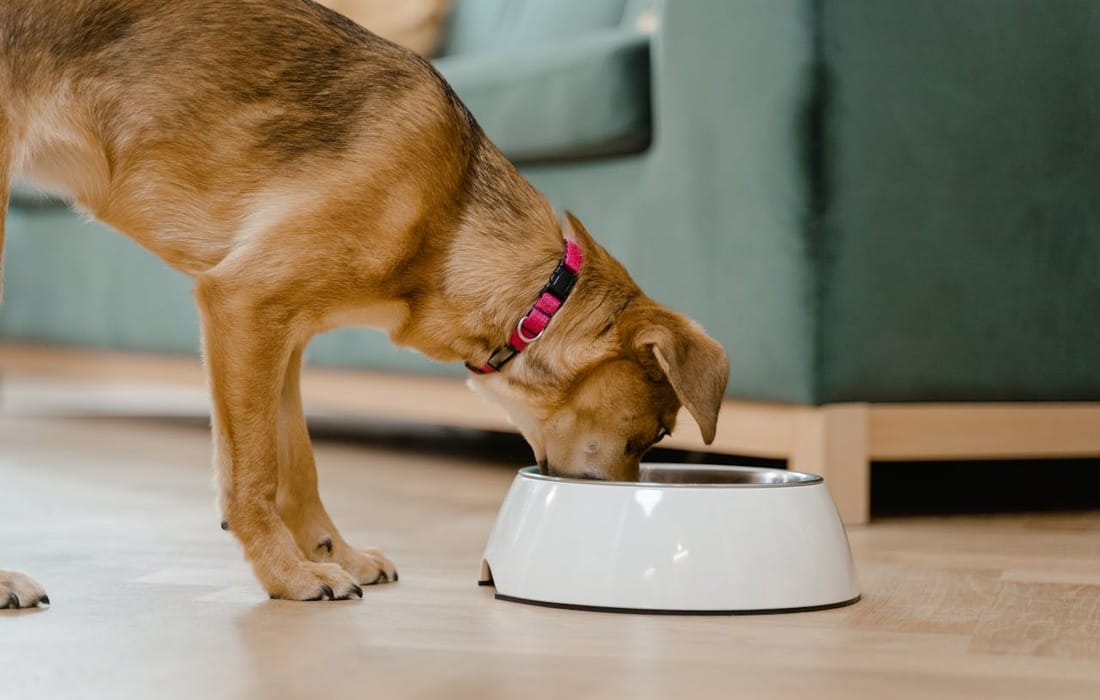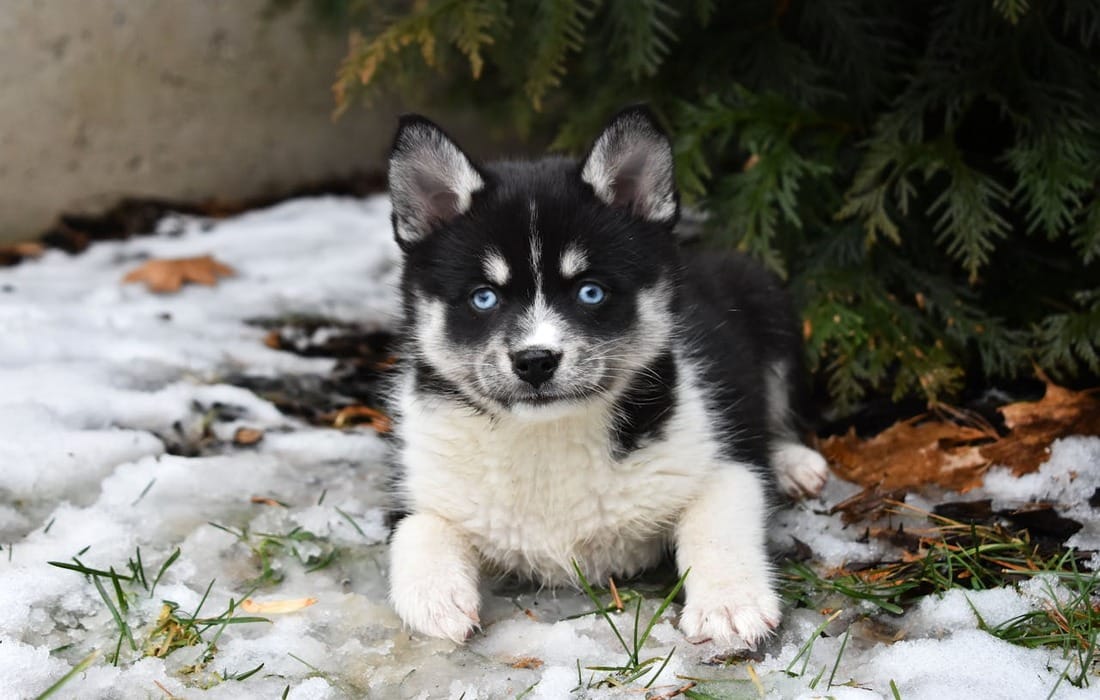Many people ask if Labradoodles shed. These popular dogs often get marketed as non-shedding pets, but the truth might surprise you. The facts show about 75% of first-generation Labradoodles actually shed. This challenges the widespread belief that all Labradoodles suit allergy sufferers perfectly.
Your dog’s shedding amount changes substantially based on its Poodle or Labrador parent’s genes. Some Labradoodles shed very little, especially those with fleece or wool coats bred over three generations. Others need extra grooming care to manage their shedding.
This detailed guide will help you understand your Labradoodle’s shedding patterns and create a grooming routine that works. You’ll learn everything about managing your dog’s coat and keeping your home free from hair, whether you already have a Labradoodle or plan to get one.
Understanding Labradoodle Shedding Basics
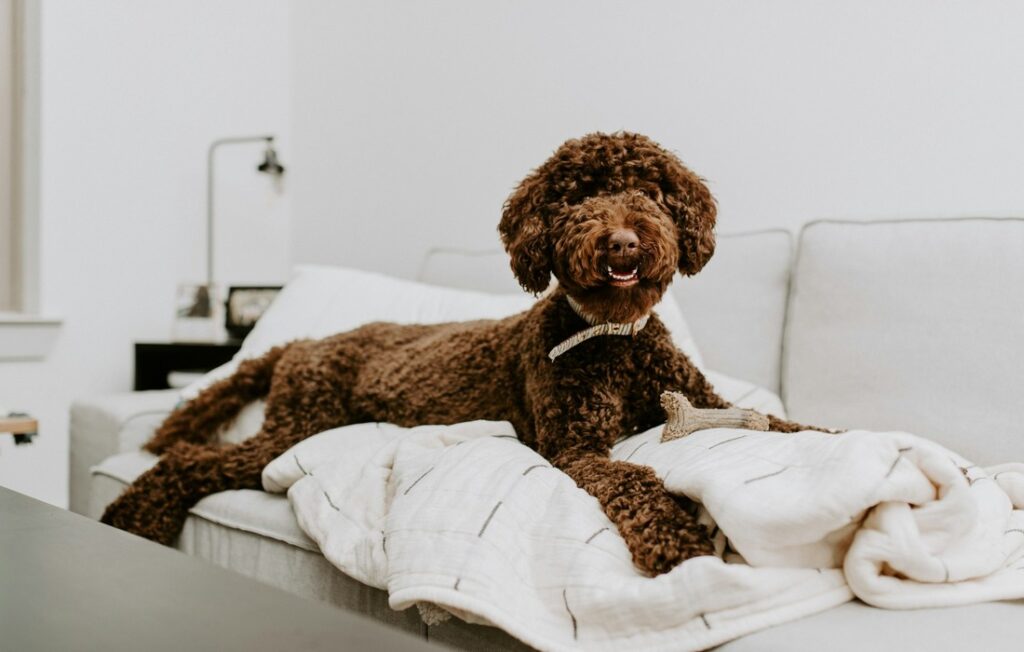

Your Labradoodle’s shedding patterns come down to genetics. The puppies inherit different coat characteristics from both parents at the time a Labrador Retriever breeds with a Poodle. On top of that, it depends on factors like age, season, and your dog’s overall health.
Factors affecting shedding levels
Your Labradoodle’s generation plays a key role in how much they shed. First-generation (F1) Labradoodles show moderate shedding patterns because they get equal traits from both parents. F1B Labradoodles tend to shed less since they’re 75% Poodle and 25% Labrador, which gives them stronger Poodle genetics.
Different coat types and shedding patterns
Labradoodles have three distinct coat types, each with its own shedding characteristics:
- Wool Coat: Dense and curly, like in Poodles, with minimal shedding
- Fleece Coat: Soft with loose waves that rarely shed but need regular maintenance
- Hair Coat: Straight or slightly wavy that tends to shed more
Common misconceptions about non-shedding claims
Many people believe all Labradoodles never shed – that’s a myth. Studies suggest that about 89% of first-generation Labradoodles have a hair coat that sheds. Even Labradoodles with fleece or wool coats might lose some hair between seasons.
The word “hypoallergenic” often misleads people. It doesn’t mean zero shedding – just fewer allergens. We now know that allergic reactions mostly come from dander (dead skin cells), not the fur itself.
Essential Grooming Tools and Techniques


Your Labradoodle’s coat care depends on using the right grooming tools and techniques. A good grooming routine will give you control over shedding and prevent matting problems.
Must-have brushes and combs for different coat types
You need the right tools to become skilled at grooming. Here are the basics you’ll need:
- Slicker brush: Perfect for curly and fleece coats
- Steel comb: Ideal for detangling and checking for missed spots
- Pin brush: Best suited for straight or wavy coats
- Dematting tool: Helps with stubborn knots
- Blunt-tipped scissors: Needed for facial grooming
Step-by-step brushing techniques
Start by parting the hair and brush from the coat’s base in small sections. Hold the skin taught to avoid discomfort, especially when you have knots to deal with. Areas behind the ears, under the collar, and around the armpits need extra attention because they mat easily.
Dogs with longer coats need line brushing – start at the skin and work outward, section by section. This technique will give a complete coverage and helps avoid missed spots that could mat later.
Professional vs at-home grooming options
A professional grooming session costs between $45 and $75. Your Labradoodle should visit a professional groomer every 6-8 weeks, but regular brushing between visits is important. More than that, professional groomers help with nail trimming, ear cleaning, and proper coat trimming.
You should brush your dog 2-3 times weekly for home maintenance. Shorter coats are easier to manage at home, while longer coats need more frequent professional care.
Managing Seasonal Shedding Cycles
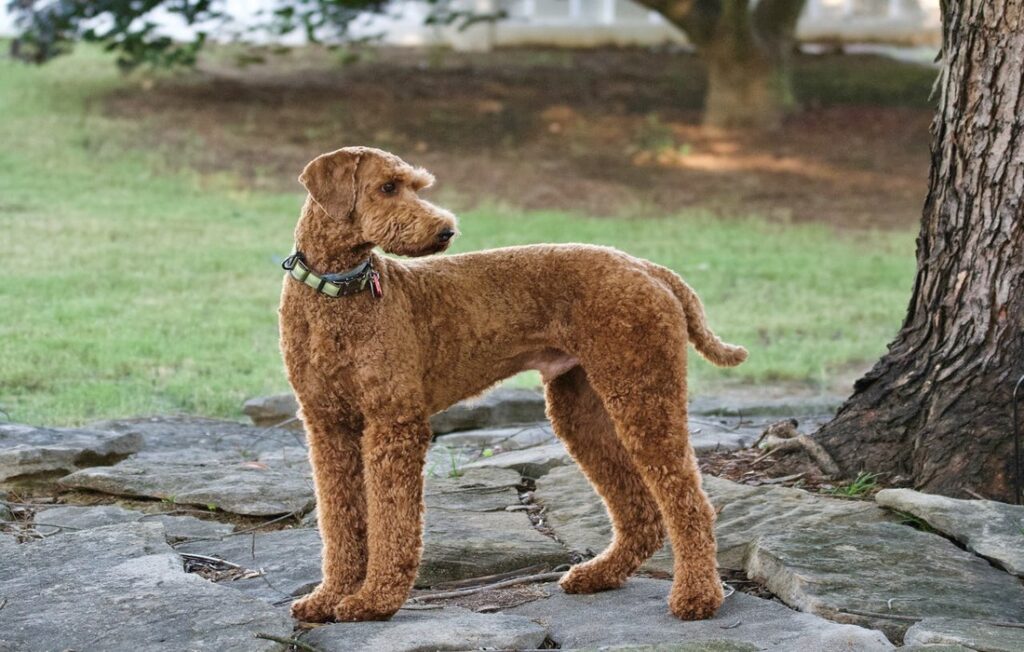

Seasonal changes affect your Labradoodle’s shedding patterns. These intelligent dogs adjust their coats naturally throughout the year as temperatures and daylight conditions change.
Spring and fall shedding patterns
Spring triggers increased shedding as Labradoodles lose their dense winter coats. Loose hair “blows out” from their undercoats during this time. These dogs develop a thicker coat to prepare for winter, which leads to more shedding in fall.
Adjusting grooming routines seasonally
Your dog’s grooming needs change significantly between summer and winter. During warmer months:
- Keep the coat shorter to help cooling
- Brush more often to manage loose undercoat
- Use leave-in conditioner to protect from sun
- Remove debris after outdoor activities
Let the coat grow slightly longer in winter to provide warmth. You should focus on preventing matting from winter clothing and use moisturizing products to curb dry skin and static electricity.
Environmental factors affecting shedding
Living in urban areas and indoor environments can change shedding patterns. Air pollutants, tobacco smoke exposure, and high indoor cleanliness levels might cause more shedding. Dogs that spend more time outdoors in natural environments tend to have fewer shedding problems.
Your dog’s stress and allergies can trigger unusual shedding. Even simple grass allergies might cause seasonal hair loss. Regular health checks help determine if environmental factors cause excessive shedding beyond normal seasonal changes.
Proven Solutions to Minimize Shedding
A balanced diet with proper nutrition builds the foundations of a healthy coat for Labradoodles. Your dog’s excessive shedding can decrease dramatically with the right nutritional intake.
Dietary considerations for coat health
Quality dog food should contain at least 18% protein and 5% fat. This balance helps your Labradoodle’s coat stay strong and shiny. These nutrients play significant roles in coat health:
- Essential fatty acids: Omega-3 and omega-6 supplements make the coat glossy and reduce skin scaling
- Vitamin B complex: Your dog gets this from organ meats and fish that support healthy skin and reduce stress
- Zinc: This mineral makes the coat glossy and minimizes scaling
- Protein: Sulfur-containing amino acids help hair growth and prevent brittle fur
Effective cleaning and maintenance routines
Regular cleaning routines help minimize shedding along with good nutrition. We brushed our Labradoodle’s coat two to three times weekly. All the same, don’t over-bathe your dog as this removes natural oils – bathe every 4-6 weeks instead.
Your dog needs professional grooming every 6-8 weeks to keep the coat in top condition. Watch areas where matting happens throughout the year, especially behind the ears, under the collar, and at the leg tops.
Products that help reduce shedding
The right products make a big difference in managing your Labradoodle’s shedding. Pick gentle, hypoallergenic shampoos made for sensitive skin. A detangling spray before brushing prevents coat damage during daily maintenance.
Coconut oil works wonders against excessive shedding. It moisturizes the skin and helps it heal. Fish oil supplements can improve coat health too, but asking your vet before starting supplements is vital.
Check your Labradoodle’s skin during grooming sessions to spot problems early. Unusual shedding patterns might need a vet’s attention to rule out why it happens.
Final Thoughts
Your Labradoodle’s shedding patterns can make a huge difference in keeping your home clean and your pet healthy. These beloved dogs aren’t completely non-shedding as many ads claim, but the right care strategies help manage their coat well.
The right tools and techniques during regular grooming sessions will control loose fur effectively. Your Labradoodle’s coat responds to seasonal changes, but good dietary choices and steady maintenance routines can reduce excessive shedding year-round.
A Labradoodle’s coat characteristics depend on their genetic makeup. With this knowledge and proper grooming techniques, you’ll find their shedding becomes just another manageable aspect of pet care instead of a daunting task.
FAQs
Q1. Do all Labradoodles shed? While Labradoodles are often marketed as non-shedding dogs, the reality is that shedding levels can vary. Some Labradoodles, especially those with fleece or wool coats bred over multiple generations, may shed minimally. However, others, particularly first-generation Labradoodles, can shed moderately to heavily.
Q2. How can I manage my Labradoodle’s shedding? Regular grooming is key to managing shedding. Brush your Labradoodle 2-3 times a week, use appropriate grooming tools for their coat type, and consider professional grooming every 6-8 weeks. Additionally, maintaining a healthy diet rich in essential fatty acids can promote coat health and potentially reduce shedding.
Q3. Are Labradoodles hypoallergenic? The term “hypoallergenic” is often misunderstood. While some Labradoodles may produce fewer allergens, no dog is completely hypoallergenic. Allergic reactions are primarily triggered by dander (dead skin cells) rather than fur itself. The amount of allergens produced can vary between individual dogs.
Q4. How does seasonal shedding affect Labradoodles? Like many dogs, Labradoodles may experience increased shedding during spring and fall as they transition between their winter and summer coats. During these times, you may need to increase grooming frequency to manage loose hair effectively.
Q5. What factors influence a Labradoodle’s shedding levels? Several factors can affect shedding, including genetics, coat type, age, overall health, and environmental factors. Labradoodles with more Poodle-like coats tend to shed less, while those with coats more similar to Labradors may shed more. Proper nutrition, regular grooming, and good overall health can help minimize excessive shedding.

